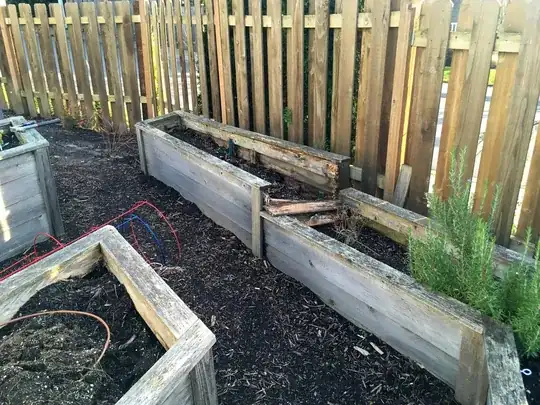I'm rebuilding a couple of sections of a raised bed that has rotted out.
The sides and ends are essentially simple 2x4 frames, which I will build out of Western red cedar. I have a choice of using seasoned (air/kiln dried) or "green" (not dried) lumber.
I know for most types of projects not to use green wood due to dimensional stability issues. However, for this application, which will be in ground contact and well watered, it seems like there would be no disadvantage to green wood.
Question: Is there a reason to prefer dried lumber for this?
